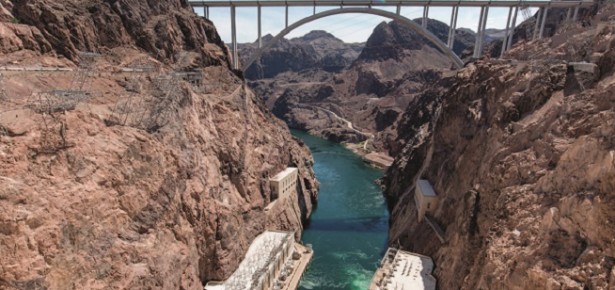
So it seems that the Anthropocene is really here and the Holocene is over. Humans have significantly altered the surface of the Earth. Geologists in the Working Group on the Anthropocene reported to the International Geological Congress in Cape Town at the end of August 2016 that there is now clear evidence that humans have made a distinctive enough impact on the Earth to leave a stratigraphical signature (i.e. a permanent mark in the geological record). They suggest that the Anthropocene began around 1950 when pervasive traces of artificial radionuclides, products from the combustion of fossil fuels, concrete, plastics and other human-created materials are found around the world. Whilst geologists and others will continue to argue about whether the Anthropocene needs to be formally defined, and if so, when it started, the changed conditions on the Earth’s surface affect us all.
The changed conditions on the Earth’s surface affect us all.
One key element of the causes and consequences of the Anthropocene that is often missing from scientific accounts is that of geomorphology – i.e. the physical landscape on Earth and the processes that shape it. One of the ways in which humans have produced the Anthropocene is through our manifold impacts on the land surface – from damming rivers and changed farming practices, both of which dramatically affect sediment movements, to subsidence of deltas caused by extraction of oil and water reserves and the development of urban sinkholes. Such impacts on the geomorphology of individual parts of the global landscape have added up to a significant net effect on the planet. Conversely, the changed global conditions experienced in the Anthropocene have had significant effects on geomorphology. Warming of the climate, for example, has resulted in extensive melting of the permafrost in Arctic areas, with immediate geomorphological impacts on the local topography. There are also feedbacks involved – as the melting of the permafrost releases methane and other gases which contribute to further warming of the global climate. This, in turn, leads to further melting, with concomitant geomorphological effects. The landscapes of Earth now clearly exhibit distinctive imprints of the Anthropocene.
Knowing how humans sculpt the physical land surface helps us understand and reduce our damaging impacts.
Understanding the intricate linkages between human impacts on all parts of the Earth’s system, including geomorphology, is vital to future attempts to manage our interactions with the planet better. Knowing how humans move sediment, store sediment, and sculpt the physical land surface in a myriad ways is one critical part of the jigsaw which helps us understand and reduce our damaging impacts. Landscapes cannot become extinct, unlike species, but that doesn’t mean we shouldn’t be very concerned about our impacts upon them and the wider contributions they make to the Anthropocene.
Latest Comments
Have your say!